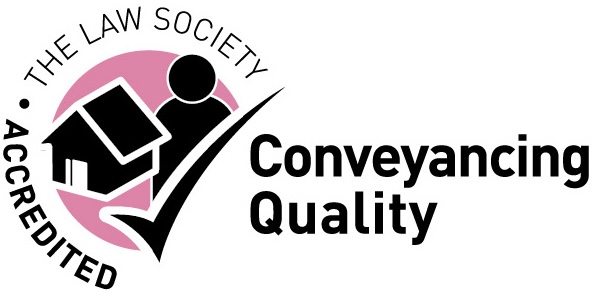Mortgage lenders are continuing to refuse to lend against properties that have a certain type of spray foam insulation in place, leaving homeowners unable to sell.
Spray foam insulation became popular as a cheap and easy way to insulate homes. However, the closed cell type of foam insulation traps moisture, preventing air circulation. This causes numerous problems, including mould and damp, and wooden joists in roof spaces can rot as a result.
When lenders discover the existence of spray foam following a property valuation, they frequently decline to lend. This leaves homeowners with the problem of having the spray foam removed if they want to sell to someone who needs a mortgage. Because the foam is sprayed widely through the roof space and sticks to anything it touches, it is very difficult and expensive to remove.
The alternative is to try and sell to a buyer who does not need a mortgage. It can be difficult to find cash buyers and the price will generally need to be lower to take the problem into account.
Surveyors are increasingly aware of the issues of spray foam insulation and will notify potential buyers when they come across it, highlighting the problems.
It is also the case that some insurers are declining to provide cover for homes with spray foam insulation.
What is spray foam insulation?
Spray foam insulation is a combination of chemicals that are mixed when sprayed so that they expand by 30-60 times, filling every corner of the area to which they are applied. Closed cell spray foam sets hard, sticking to all surfaces and has even been used in the past to try and hold roofs in poor condition together.
Any area treated by this type of spray foam is at risk from issues caused by condensation. The foam can also cause cables to overheat, which is a serious risk.
Surveyors are unable to assess the condition of roof timbers because it is not possible to examine them underneath the spray foam. This means that even if the wood has not rotted, a surveyor will not be able to see this. They will need to report the existence of the spray foam to their client, which could be either a mortgage lender or a potential buyer.
Some lenders may ask for a structural engineer’s report, which could cost up to £2,000. There are still no guarantees that the report will be good enough to persuade a lender. Buyers are unlikely to want to take on a property that it will be difficult for them to sell in due course or where they will have to pay thousands of pounds to have the foam removed.
Equity release lenders have more stringent requirements than mortgage lenders and will not generally ever lend against a property with spray foam insulation installed.
Removing spray foam insulation
Having spray foam insulation removed costs considerably more than having it installed because it is so difficult to extract. As well as expanding into every crack and sticking to every surface, closed cell foam is hard once it has set in place. You will also need to pay for skips and disposal of the foam.
Once it has been removed, you may need extensive repair work, sometimes replacement of the entire roof. The surfaces it touched are likely to be damaged and any rotting beams will need replacing.
For these reasons, the HomeOwners Alliance recommends that people do not have spray foam insulation applied.
Contact us
If you would like to speak to one of our expert property lawyers, ring us on 0333 3055 189 or email us at info@lpropertylawyers.co.uk
